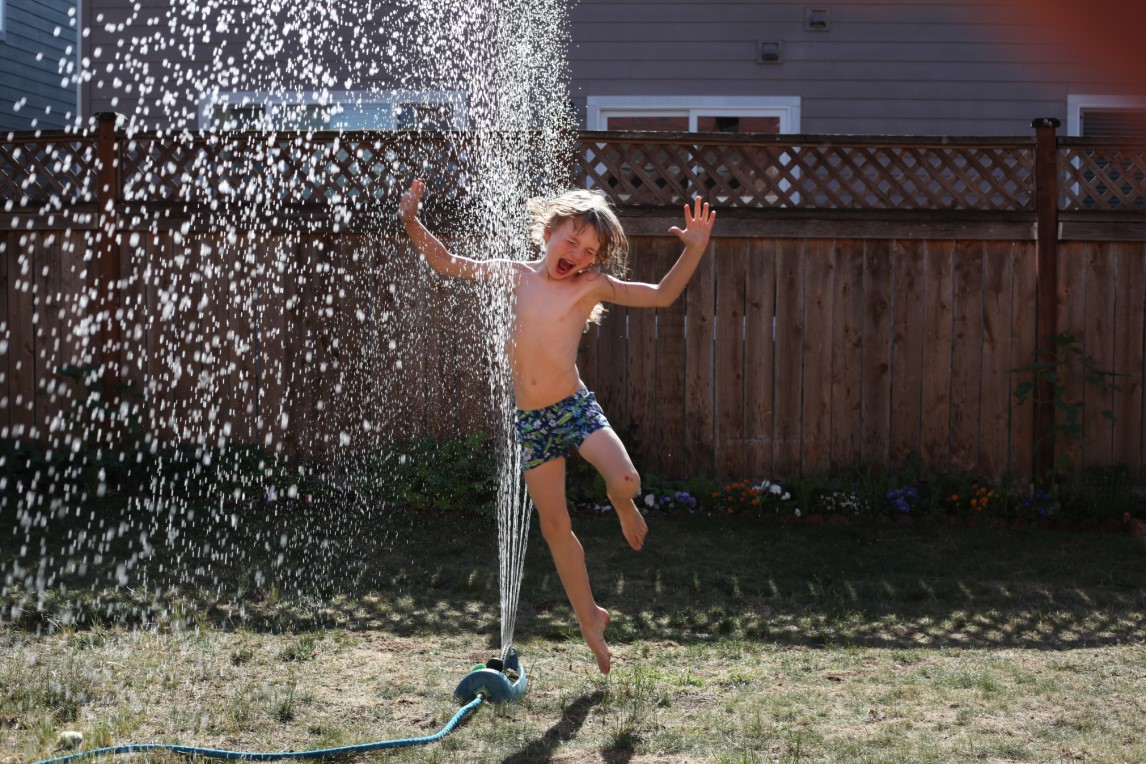Getting your kids in the pool can be a great way to help your child reach their full potential. Not only can it help with gross motor skills, but can also help with speech and social interaction. So, if your child is motivated by the water, encourage them to jump on in!
After an injury, such as a broken leg or an ankle sprain, joint movement is often limited by swelling or decreased strength to muscles. Using the the water, joints will be able to be more flexible and stretch to new limits.
Once proper range of motion is achieved at a joint, proper strengthening is needed in order for the muscle to perform well at its new length. Using the principle of resistance, muscles are able to gain strength by performing simple actions in the water, such as lifting a leg to the side of the body.
Children have an easier time completing gross motor milestones, such as rolling, walking and jumping in the water secondary to buoyancy principles. For example, a child with cerebral palsy may learn to roll in the water with the assist of a therapist and the buoyancy of the water. Once the nervous and musculoskeletal system in the child’s body learn how to roll in the water, it will be easier to learn on a mat table in the clinic and then transfer to rolling in bed at home.
For kids with sensory processing disorders, the water can provide the deep pressure input that they crave. This deep pressure and overall increased tactile input will help a child who has difficulty processing sensory input transfer into a more organized, calm child.
For kids with speech issues, aquatic therapy can be very helpful. By using techniques such as holding their breath under water, deep breathing and by raising their arms up and bringing them down with the resistance of water can all help with proper breath support for speaking.
Completing gross motor activities can often help to decrease social anxiety. Often times, jumping into the water or swimming across the length of the pool can encourage speaking in children who have anxiety. Kids can also learn a swimming stroke from watching each other, share toys and participate in fun games together in the pool setting.
~~~~~~~~~~~~~~~~~~~~~~~~~~~~~~~~~~~~~~~~~~~~~~~~~~~~~~~~~~~~~~~~~~~~~~~~~~~~~~~~
Sharon Mandeville-Edlin, OTR/L, IMC
Occupational Therapist, Certified Nutritional Therapist, Interactive Metronome Certified
